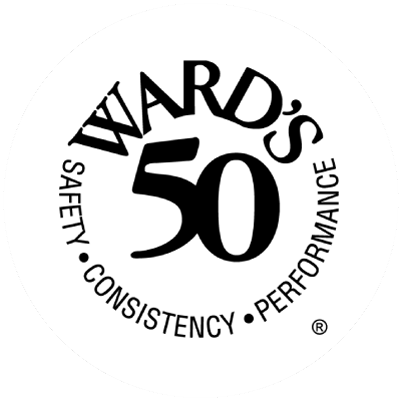
Winter driving isn’t only about dealing with snow, but also ice. Black ice, in particular, is dangerous because it’s invisible.
Facts about black ice:
- The term “black ice” simply means the ice is transparent and the road surface can be seen through it. Black ice can appear on any surface, though, such as walkways.
- One of the dangers of black ice is that it’s hard to see. Black ice almost always forms in smooth, glossy sheets.
- Black ice forms when rain falls on surfaces that are below freezing in temperature. Black ice can also result when it sleets or when water or snow thaws refreezes.
- Black ice prevents your vehicle from getting traction, making driving difficult and dangerous.
- Black ice is more likely to develop in the late evening hours and around dawn, according to Accuweather.
- When you’re driving, if you see cars suddenly swerve for no apparent reason, it’s a good indication black ice is the cause.
Tips for driving on black ice:
- Be especially cautious in areas where black ice commonly forms. Black ice is more likely to be found on bridges, overpasses, shaded areas of roadway, and roads that are infrequently traveled. Using additional care in these areas can lessen problems.
- Look at the tread on your tires. Tread that’s worn is troublesome in any road condition but is even worse on black ice, guaranteeing lack of traction. If possible, look into buying snow tires.
- Turn on your headlights early in the afternoon to aid you in possibly seeing the sheen of black ice.
- Drive slowly. Keep your speed slow when driving and turning. When you have to slow down or brake, do it slowly and carefully.
- Remember to keep a safe distance between your vehicle and other vehicles when you’re driving in winter road conditions. You should increase your following distance to 8-10 seconds, according to AAA. This gives you a better chance of avoiding a collision between you and the next vehicle if you need to stop.
- If possible, avoid stopping on black ice, as it can be difficult to get moving again, particularly if you’re going uphill. When coming up to a hill, try to build up some speed so you can get to the top.
- If you have antilock brakes, don’t pump them if you skid, as it’s not necessary. The braking system automatically pumps the brake, and you’ll feel the vibrations on the brake pedal when the system engages.
- Never use your cruise control while driving in icy conditions.
If you can, it’s best to avoid driving in conditions prone to freezing roadways whenever possible. When you have to be on the roads, however, remember these tips for driving on black ice to help reduce the risk of an accident.
In the market for car insurance?
Find an agent near you to discuss the right commercial or personal auto coverage for your unique needs.
*Originally published January 22, 2020



